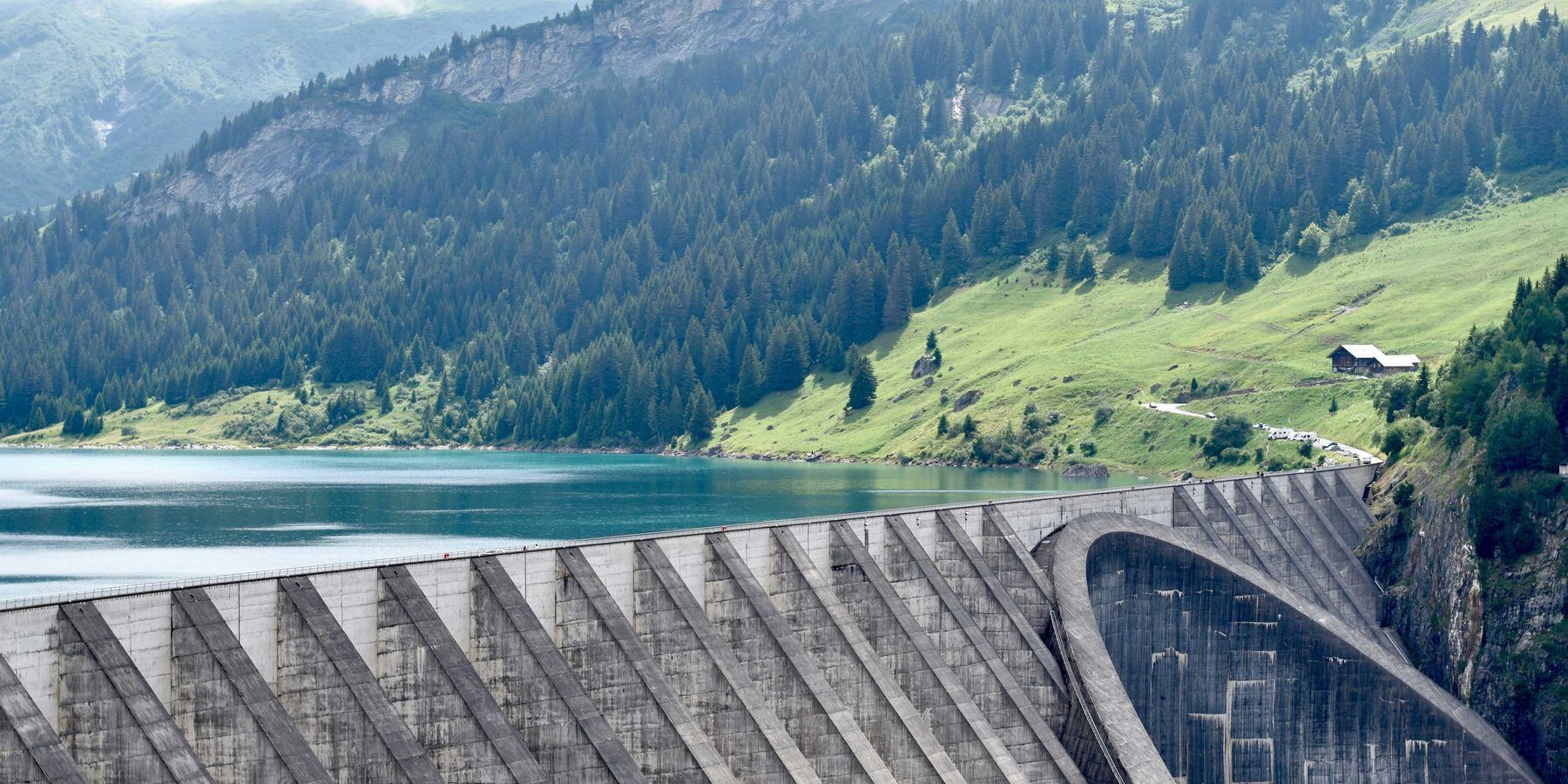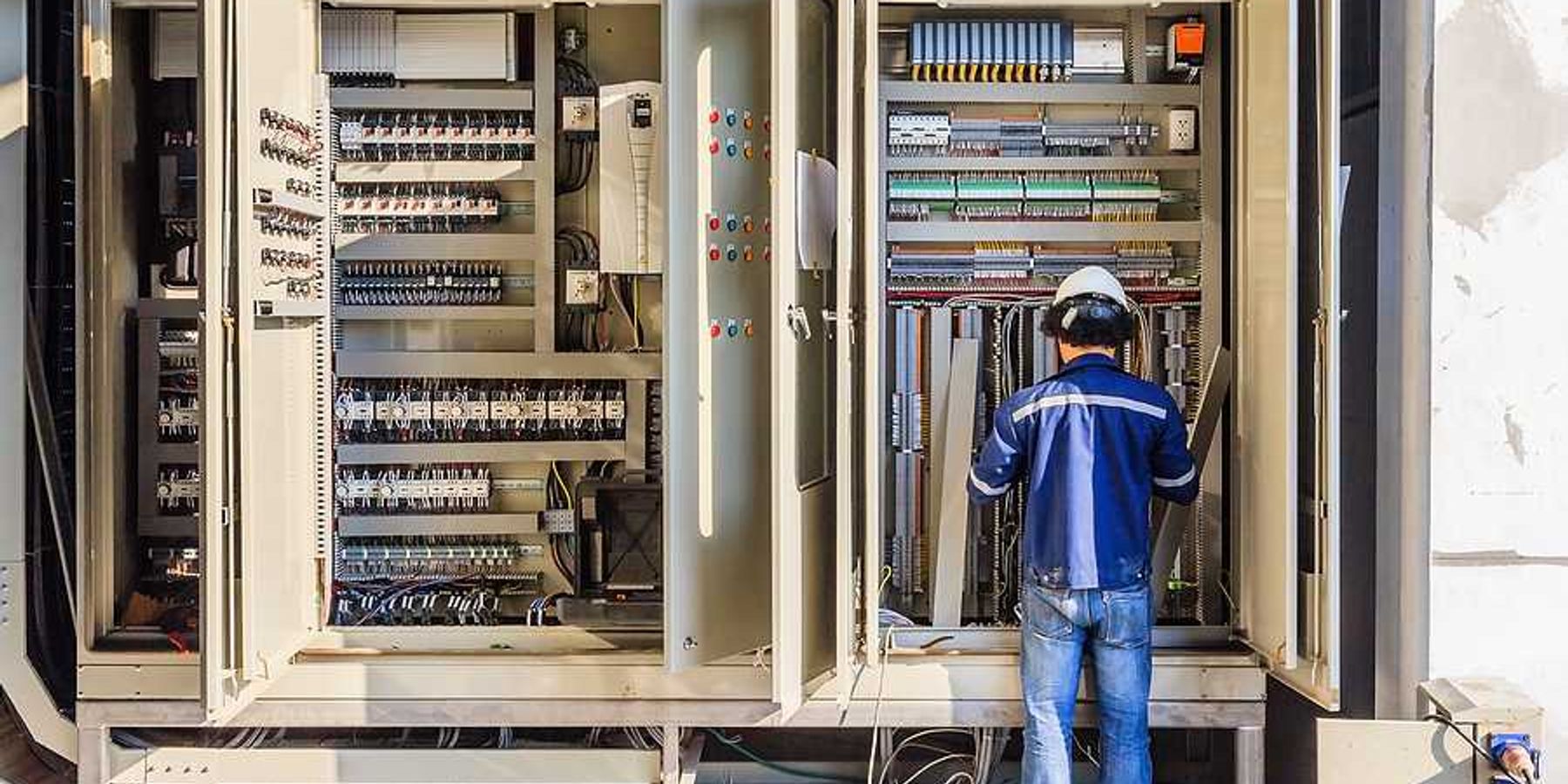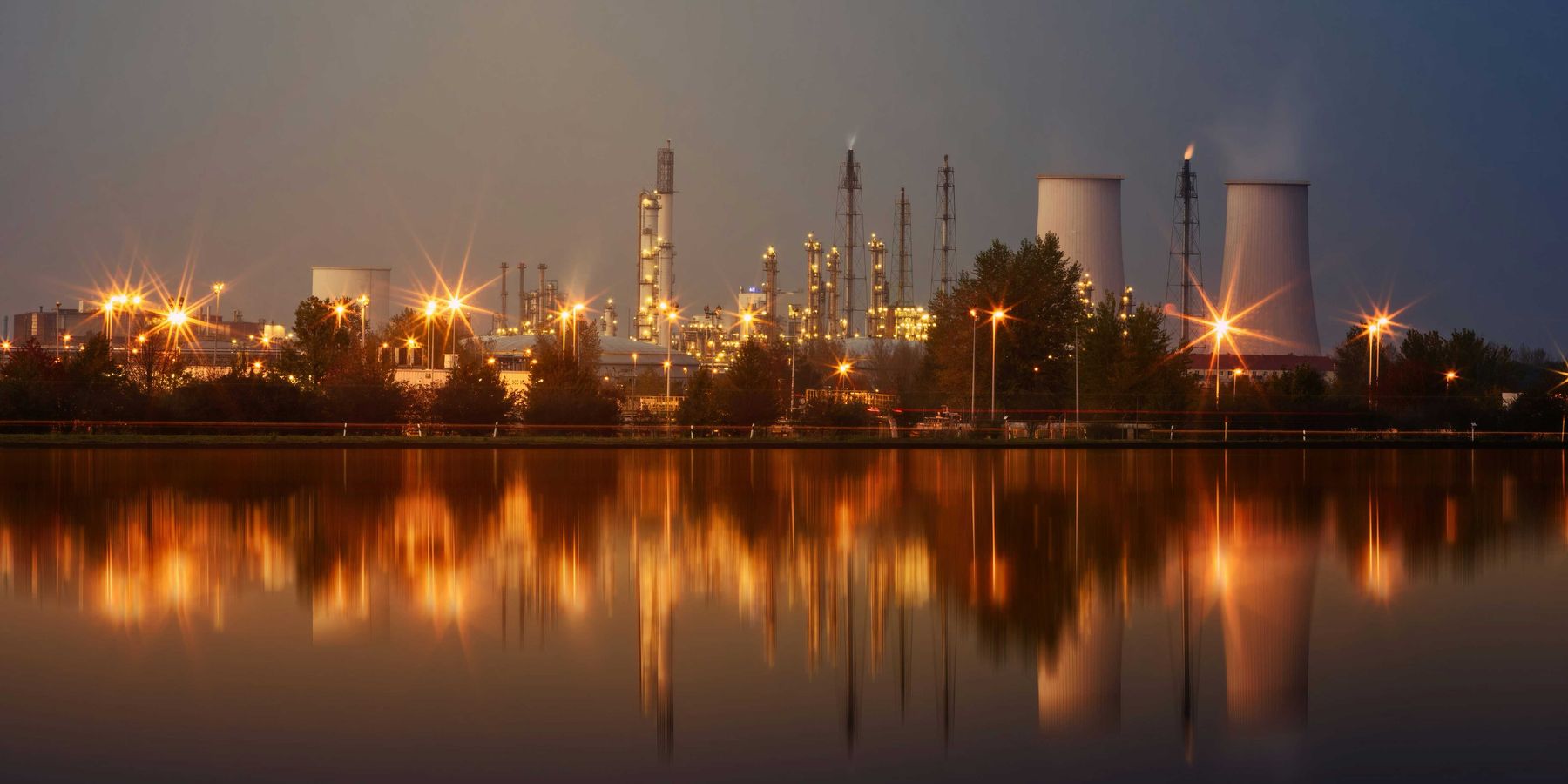A Mississippi community takes on a U.K. energy giant over pollution concerns
Drax Group has been the subject of yearslong efforts by local residents, environmentalists and state regulators to rein in emissions from its Gloster wood pellet plant. Some are running out of patience, reports Nidhi Sharma for NBC News.
In a nutshell:
Residents of Gloster, a majority-Black community in southwest Mississippi, are engaged in an ongoing battle against Drax Group, a U.K.-based energy company operating a wood pellet production plant in the town. The residents' concerns revolve around deteriorating air quality and health issues, prompting demands for action. Drax's facility is part of the wood pellet manufacturing hub in the South, which supplies biomass fuels to European countries, even as the biomass industry faces increasing scrutiny for its potential contribution to carbon emissions.
Key quotes:
“They claim to be the good guys, but the industry is one of the most polluting and most damaging to the environment and to communities,” Robert Musil, president and CEO of the Rachel Carson Council said.
The big picture:
Wood pellet production can result in adverse health impacts by emitting hazardous air pollutants and volatile organic compounds during the manufacturing process. These pollutants, which include chemicals with carcinogenic properties and those that can damage vital organs, can be inhaled by those living in nearby communities, leading to respiratory problems, cardiovascular issues, and other adverse health effects.
Read the article at NBC News.
In 2020, Danielle Purifoy wrote that the expanding wood pellet market in the Southeast has fallen short of climate and job goals—instead bringing air pollution, noise and reduced biodiversity in majority Black communities.













